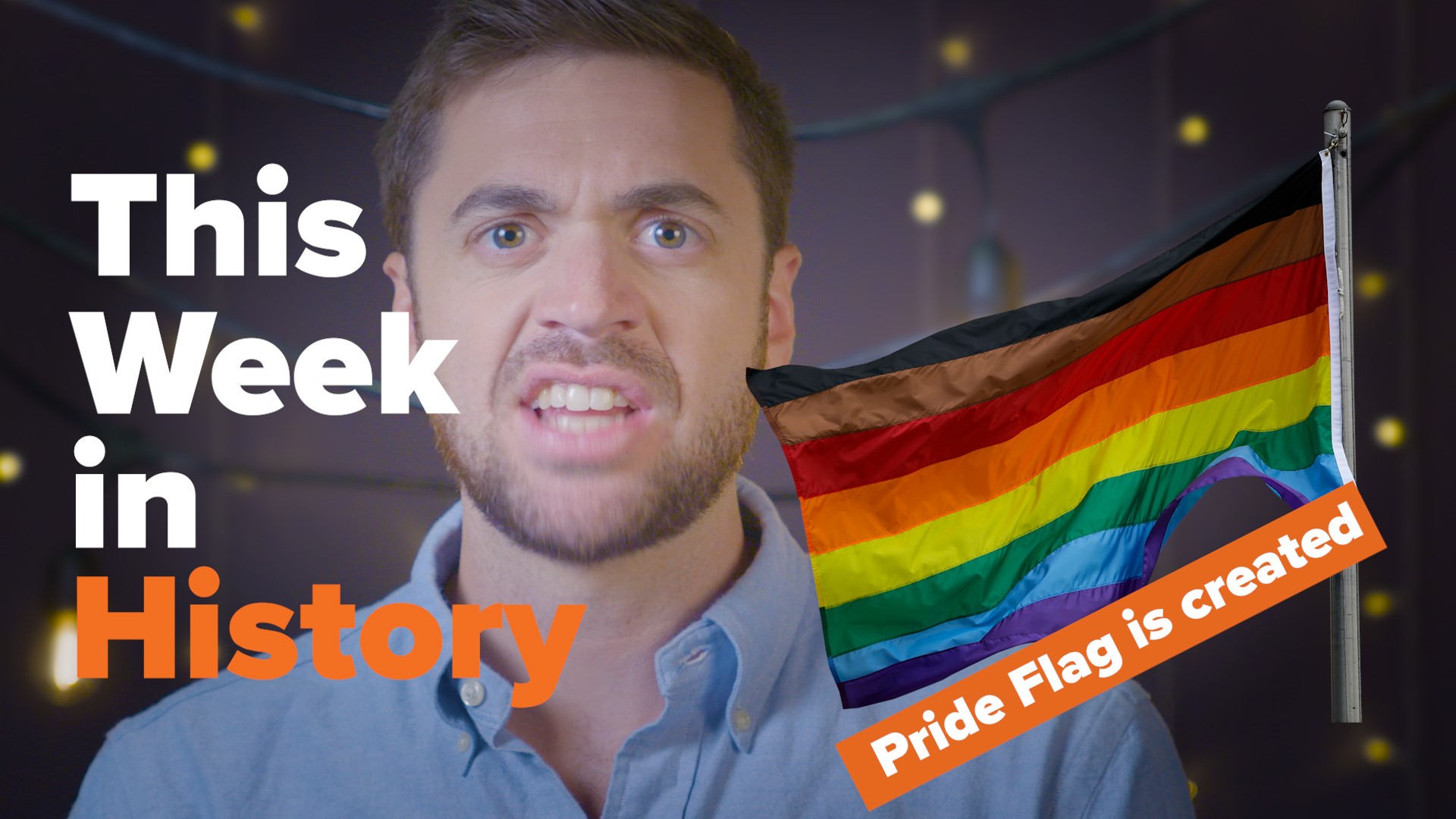June is officially Pride month with good reason. Many historical events in the LGBTQ community occurred in the month of June; from the Stonewall riots to the legalization of same-sex marriage.
In honor of the month, the “This Week in History” team looked back on Pride’s colorful symbol.
So, how did the rainbow flag come to symbolize the Pride community?
Contrary to popular belief, it had nothing to do with Judy Garland. However, it did involve Kansas. The flag was created by tailor Gilbert Baker who was raised in Parsons, a small town in the Sunflower State’s southeast region.
In 1978, San Francisco politician Harvey Milk recruited Baker’s skills for a revitalized representation of the Gay Pride movement. Milk was the first openly gay elected official in California. He was both beloved and berated across the community.
Milk asked Baker for assistance as up to that point the symbol for the LGBTQ community was an upside-down pink triangle. Although simple, the bright triangle had a dark past. It had been used by Nazis to identify homosexual, bisexual, and transgender prisoners throughout the Holocaust.
When brainstorming a new symbol, Baker didn’t have to look far for inspiration. He said he envisioned the rainbow design from the American flag.
Baker thought if the U.S. flag’s 13 stripes were good enough to symbolize the new colonies of a young nation, stripes should also represent a gay nation.
The first creation of the flag had eight stripes of differing colors. Each color had a specific meaning such as sex, life, healing and spirit. He hoped the design would empower and provide inclusiveness to those who identified under the colorful flag.
The rainbow flag first flew in June at the 1978 San Francisco Gay Freedom Parade.
While the flag began to catch on, sadly, it was the assassination of Harvey Milk that led to an increased demand. Milk was serving as San Francisco’s city supervisor when he was shot and killed by Dan White. White was Milk’s predecessor as supervisor.
Milk had been a hero for the San Francisco LGBTQ community and his death had deep-felt ramifications.
The next year, the group putting on the Gay Freedom Parade demanded the rainbow flag be flown from light poles. As the flag was raised across the city, it encompassed a deeper meaning.
Eventually, due to increased popularity and difficulty finding fabric for the violet and hot pink colors, the number of stripes was decreased from eight to six.
Thanks to Milk and Baker, the creation of a new symbol for a marginalized group was born. Today, it has become a banner for the nation to rally behind.

